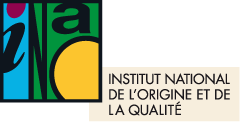This article is older and has been archived.
It remains accessible, but the information provided may be out of date or incorrect.
Press release
"L'Huile d'olive de Provence" obtains PDO status [CP]
"Huile d'olive de Provence" was granted protected designation of origin (PDO) on February 21 by a regulation published in the Official Journal of the European Union, giving this exceptional product Europe-wide recognition and protection.
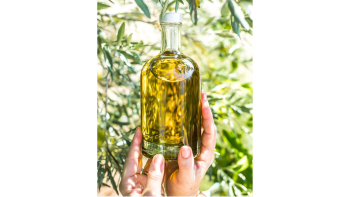
"Huile d'olive de Provence", a product with unique characteristics
"Huile d'olive de Provence" is a virgin or extra virgin olive oil, obtained exclusively by mechanical processes, mainly from the Aglandau (at least 20%), Bouteillan, Cayon and Salonenque varieties. It is renowned for its 4 essential fatty acids (palmitoleic acid, margaroleic acid, vaccenic acid, linoleic acid).
There are two types of olive oil, depending on the method used to obtain them:
- When the olives are quickly crushed less than 4 days after harvest, the resulting olive oil is characterized by a well-presented but moderate bitterness and spiciness, and aromas of fresh grass and/or raw artichoke.
- When the olives undergo a ripening phase of up to 10 days prior to trituration (crushing), the oil obtained - identified by the label "olive maturée" - is characterized by a virtual absence of bitterness and pungency, aromas of black olives, candied fruit, undergrowth and/or toasted bread.
An ancestral olive culture
Oil mill ruins and old presses found within the geographical area bear witness to the cultivation of olive trees in Provence since the VIᵉ century BC. Today, there are some two million trees, spread across this stony area, bathed in a "Provençal" Mediterranean climate characterized by a dry summer season, framed by two rainy seasons and the presence of the mistral, which can be violent.
Olives are traditionally harvested from the "olives tournantes" stage (passage from bright green to yellow) and before full ripeness (black olives). They are either picked directly from the tree, or harvested mechanically using nets or other containers. The processes and treatments authorized to obtain oil are: leaf removal, washing, trituration, blending, extraction by centrifugation or pressing, decantation, centrifugation and filtration.
Figures (2018/2019)
183
habilités dont 48 commercialisent directement l’huile d’olive issue de leurs vergers (Oléiculteurs)
815 ha
surfaces identifiées
59
moulins à huile habilités
240 538 litres
d’ « Huile d’olive de Provence » de volumes de produits
Press release
Communiqué de presse : « L’Huile d’olive de Provence » obtient l’AOP
CP INAO : « L’Huile d’olive de Provence » obtient l’AOP
The latest approvals for French SIQO products
The name "Pérail" is officially recognized as a Protected Geographical Indication (PGI), by publication, on May 26, 2025...
News
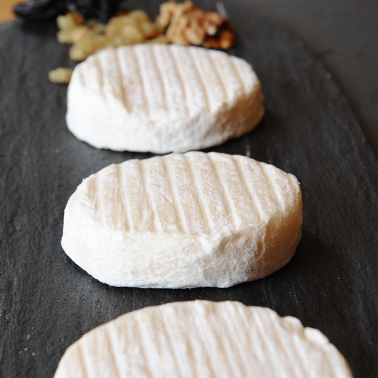
News
The name "Caviar d'Aquitaine" is officially recognized as a Protected Geographical Indication (PGI), with the...
News
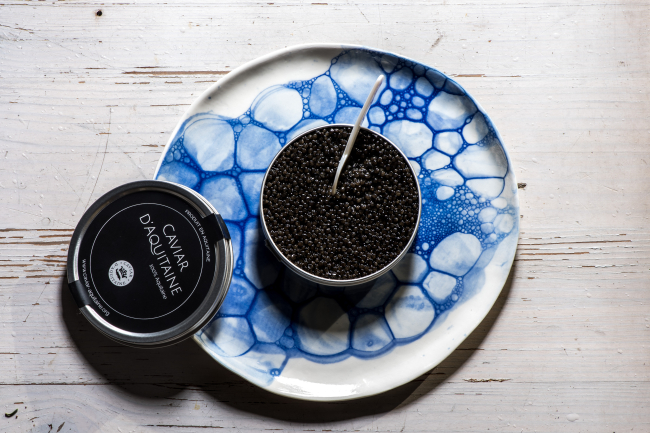
News
The "Melon de Cavaillon" denomination is officially recognized as a Protected Geographical Indication (PGI), with the...
News
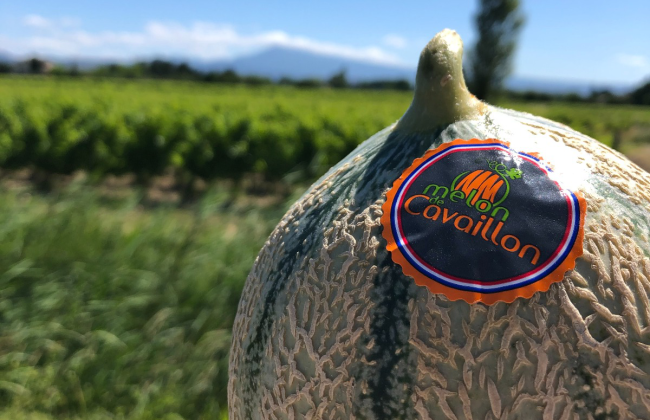
News
